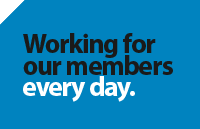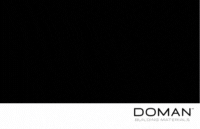 Laura Freeman is executive vice-president of human resources and chief human resources officer for Orgill Inc., the Memphis-based hardware distributor that serves independent hardware and building supply dealers worldwide, including hundreds in Canada.
Laura Freeman is executive vice-president of human resources and chief human resources officer for Orgill Inc., the Memphis-based hardware distributor that serves independent hardware and building supply dealers worldwide, including hundreds in Canada.
As the world settles into a “new normal” following the Covid pandemic, we talked with Freeman about what’s changed post-Covid for the HR role.
A lot of her concerns about HR still remain. “We’re still very focused on recruiting and retention of the workforce,” she says, especially as more members of the Generation Z demographic are joining millennials in the job market. “When you think about your hiring, about 50 to 60 percent are falling into those two generations.”
Freeman says traditional hiring practices don’t necessarily apply with them, even some of the more recent ones like Indeed. HR people have to be more imaginative now, and use social media better. “Those audiences are so much in tune with social media. How are we using it for engagement and for recruiting?”
She sees more and more of Orgill’s retail customers using social media, whether it’s Facebook or Instagram or TikTok. But it’s best used not just to engage customers but to tell stories online about employees. For example, a staffer may have helped a customer in a particularly thoughtful way. That situation is used to showcase what a great place the store is to work at. The messaging is good for the store, and Freeman says it’s valuable to use further, “moving it over to say, ‘hey, would you like to be part of the team?’ as a way to find those qualified candidates.”
But getting them is only part of the battle, one that hasn’t changed since before—or during—Covid. “Once you find them, how do you keep them engaged? What are we doing in our work environment that’s attractive to them?”
Policies about cell phone use on the job is one example Freeman offers. Are they able to carry them with them or do they have to put them in a locker? For Orgill, that may be a safety issue as well as a worker rights situation. For stores it could be a combination of both. “It’s balancing those needs from the people side of the business.”



































